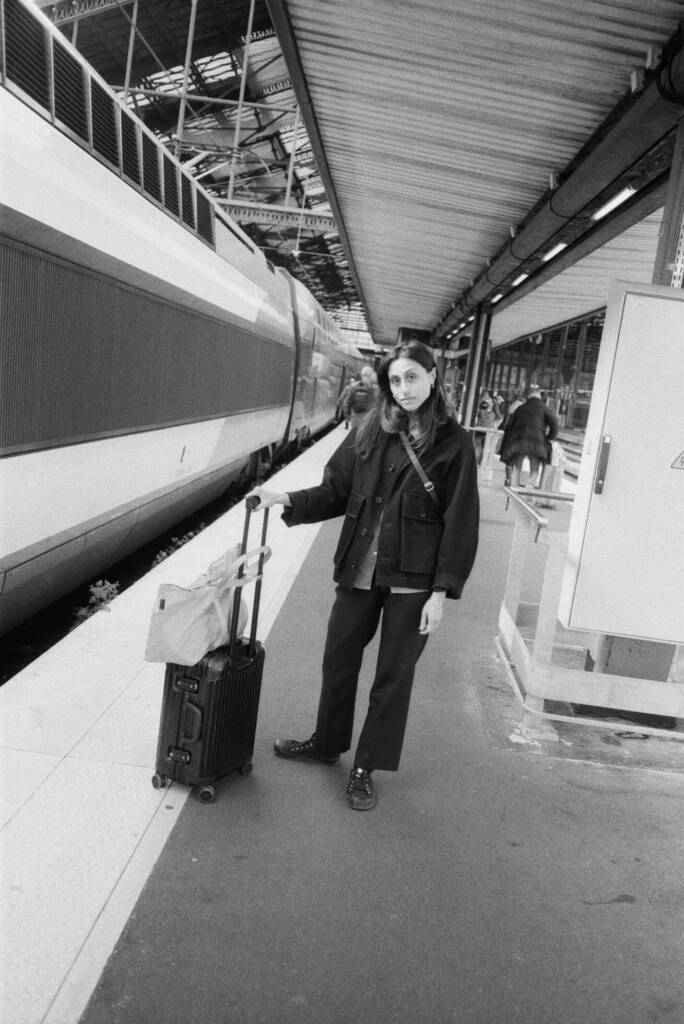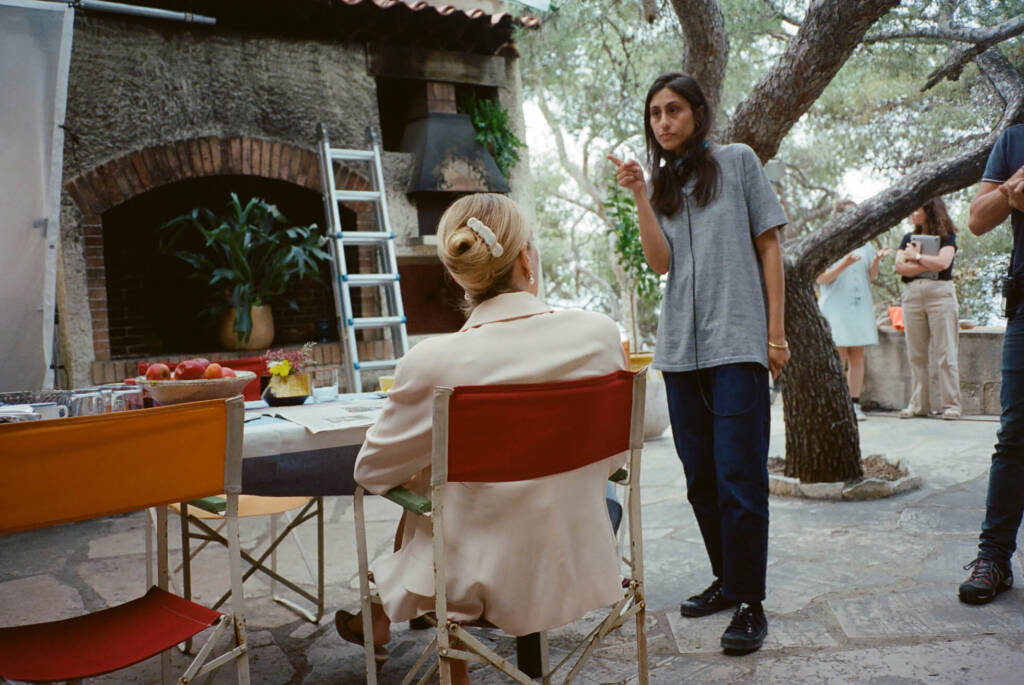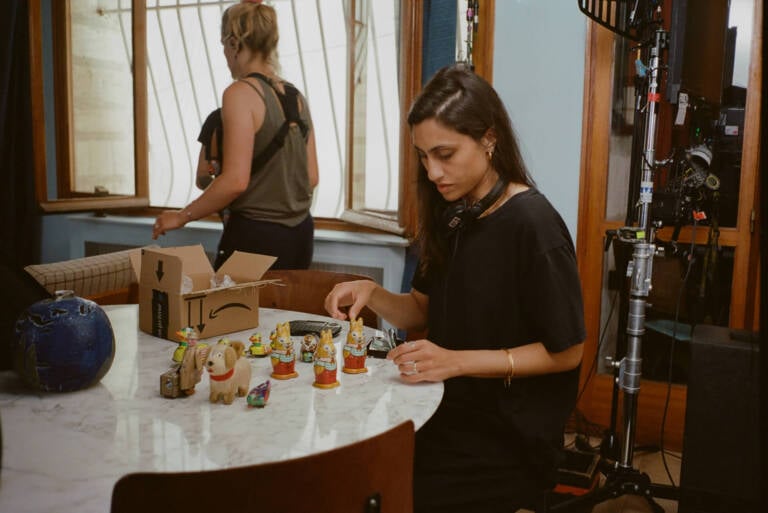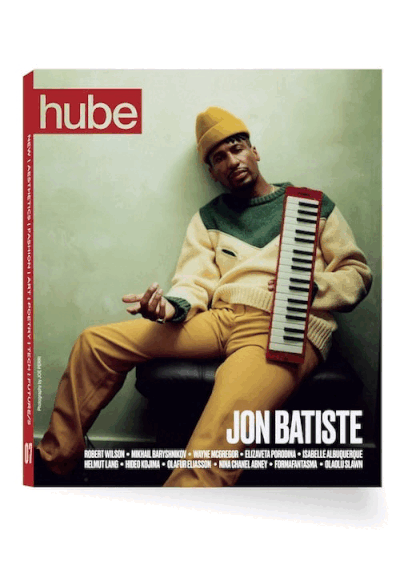

Canadian writer-turned-filmmaker Durga Chew-Bose first captivated readers with her critically acclaimed essay collection Too Much and Not the Mood. Since then, she has effortlessly bridged the worlds of journalism—contributing to The Guardian, GQ, and Rolling Stone—and filmmaking, collaborating with notable figures like Lena Dunham. Now, with her directorial debut, Chew-Bose brings a fresh vision to the screen in an adaptation of the iconic 1954 novel Bonjour Tristesse, originally penned by Françoise Sagan. Starring Chloë Sevigny, the film reimagines the classic coming-of-age tale against a dreamy, timeless backdrop, deliberately stripped of context to evoke universal emotions. In this interview, Durga Chew-Bose sits down with hube to explore her cinematic approach and the film’s recent theatrical release this May.
hube: Was Bonjour Tristesse always in your mind as the project you’d want to debut with as a director?
Durga Chew-Bose: I didn’t really think about what a debut should look like—or what one should say with a debut. I didn’t really see it coming in some ways, even though I think it had been years in the making—which is a contradiction. I had come on board as the writer, so my relationship to the source material was very much limited to adapting a book. But as time passed, and as I built my relationship with my producers, and as the project evolved beyond just me as the writer—bringing ideas about casting and production elements that were unsolicited—it all felt like a meant-to-be scenario.
h: What was the research process in building your own interpretation for the film? Did you seek inspiration beyond the original novel—perhaps in cinema, visual art, or personal memory?
DCB: Because the amount of time it took to move from coming on board as the screenwriter to directing was closer to a decade. Personally, I went through many evolutions and many lifetimes. Things would just enter the project as they entered my life—films I was watching, books I was reading, art I was seeing—but not much formal research. There was some research, but I’d say it was less active research and more relational, involving everyone making the film. I did try to familiarize myself more, for cosmic reasons, with Sagan’s life—just to understand her, how important she was, how momentous the publication of her book was at the time, and what an adaptation could do to that while still honoring her and her work. I had many sources, and every time we met a new team member bringing a fresh element—whether our cinematographer, costume designer, or cast—those conversations were full of inspirations personal to each artist. For example, my cinematographer Maximilian Pittner and I often looked at the photography of Luigi Ghirri because we were focused on a white and blue palette, and he was a photographer we both admired. It was about building a visual language, a code, a sensibility. I learned early on that one of the most important things is to know the people you’re working with, understand what they love and what inspires them, and give them the opportunity to express that language.

